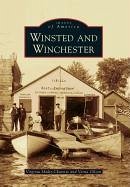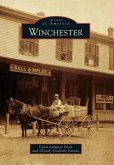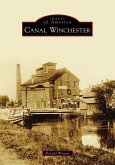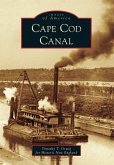Winchester, a remote hilltop region of dense forests, rocky ledges, and fast-moving streams, was a wilderness when first organized in 1771. Cattle enjoyed the region's abundant grasses, and as a result, a large dairy industry emerged, evident from the tons of cheese shipped to distant markets by the 1850s. Winsted, a borough in the valley below Winchester, was incorporated in 1858 and developed into an industrial giant by the 1870s. Its strategic location on coursing streams and two extensive railroad lines enabled Winsted to manufacture and export a wide variety of goods, ranging from caskets to clocks and silk threads to wool socks. Breathtaking vistas beckoned tourists to Highland Lake, the area's recreational attraction, where they swam, sailed, and enjoyed Electric Park, referred to as "Little Coney Island." Through vintage images captured by professional photographers, Winsted and Winchester portrays the growth and transition of these communities from 1870 to 1920-- a time that was quickly lost to modernity.
Hinweis: Dieser Artikel kann nur an eine deutsche Lieferadresse ausgeliefert werden.
Hinweis: Dieser Artikel kann nur an eine deutsche Lieferadresse ausgeliefert werden.








